Ecology Program
Natural communities are defined as an assemblage of interacting plants and animals, that repeatedly occur across the landscape under similar environmental conditions. New York Natural Heritage Program ecologists use a wide array of tools, including field surveys, data analysis, and digital mapping, to assess the distribution and condition of natural communities across the state.
Natural Community Classification and Descriptions
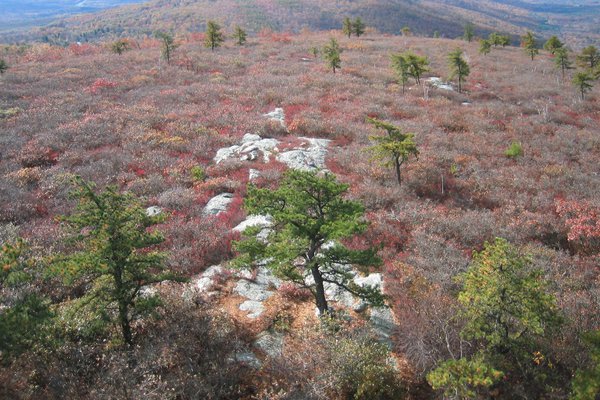
For more information about NY’s natural communities check out our state classification Ecological Communities of NY and our Community Conservation Guides.
Ecological Communities of NY Community Conservation GuidesGlobally Rare Natural Communities in New York
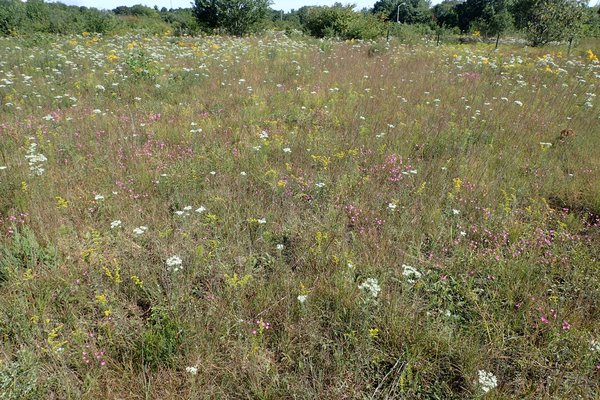
New York hosts about 25 globally rare natural communities, three of which are likely "One Hit Natural Wonders" – that means NY is the only place in the world where these communities can be seen. Learn more about these unique communities:
Dwarf Pine Plains Dwarf Pine Ridges Hempstead Plains GrasslandWetland Assessment
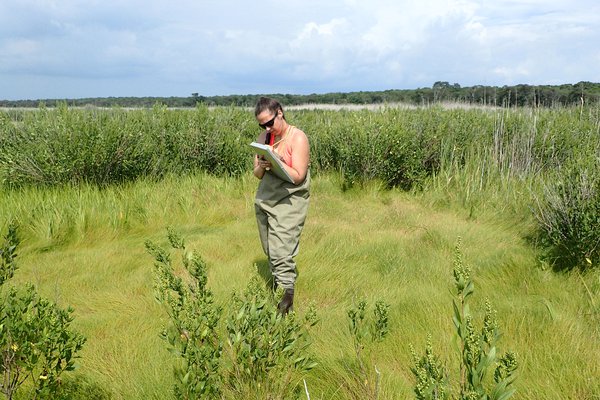
Tools developed by our wetland team are used by public and private organizations and individuals to assess and manage wetland resources, and prioritize wetland conservation and restoration.
Learn More Vernal Pool Assessment Wetland Function & Pollinators EPA National Wetland ConditionState Parks Biodiversity
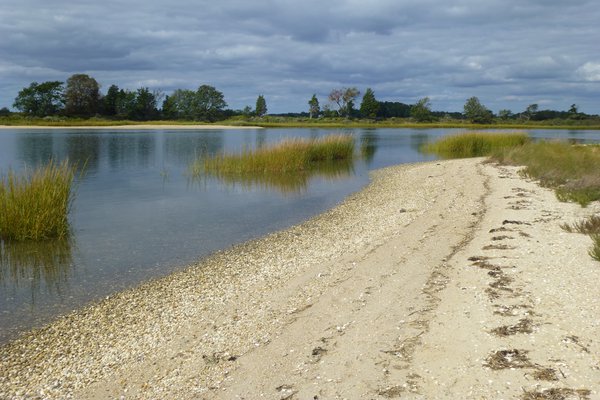
Our scientists conduct field inventories and advise on stewardship of rare species and significant natural communities in NYS Parks.
Learn MoreAssessing State Forests and Forest Preserve
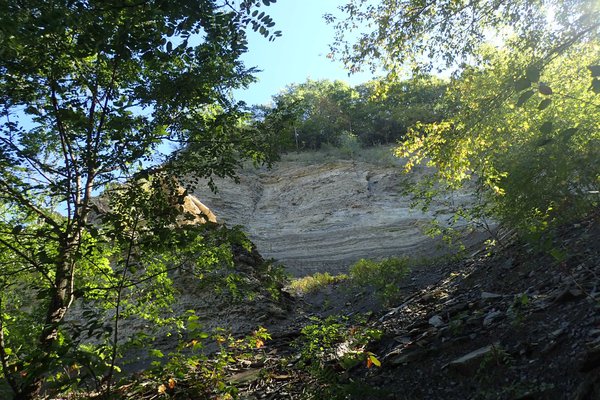
Our staff conduct field inventories and monitor rare and threatened plants, animals, and natural communities on land managed by DEC's Division of Lands and Forests.
Learn More Old-Growth EvaluationMarine Natural Communities
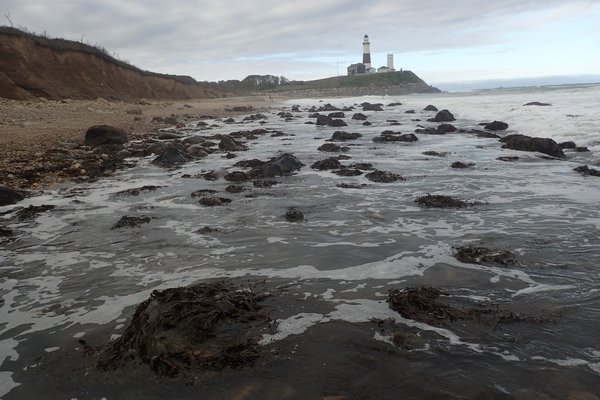
We have recently increased our efforts to map intertidal and subtidal natural communities through field projects and remote sensing. Read more about our marine program here.
Marine Natural Communities